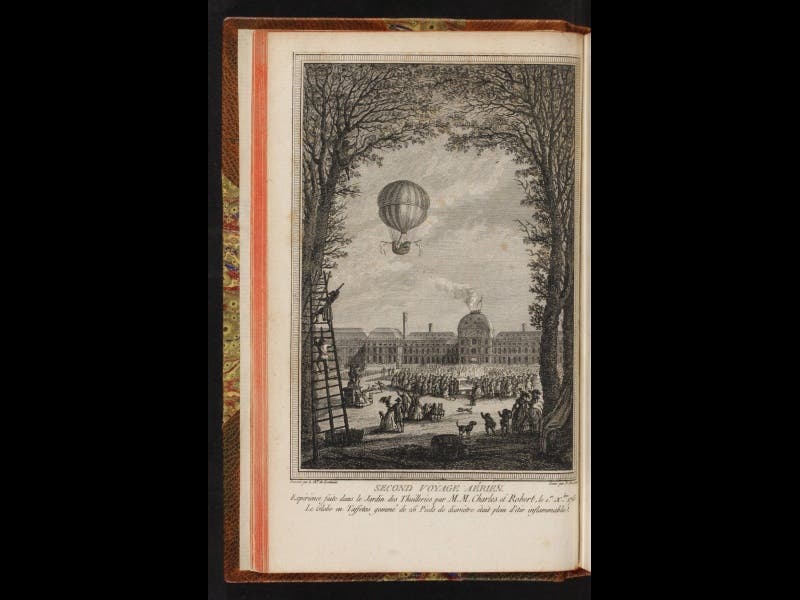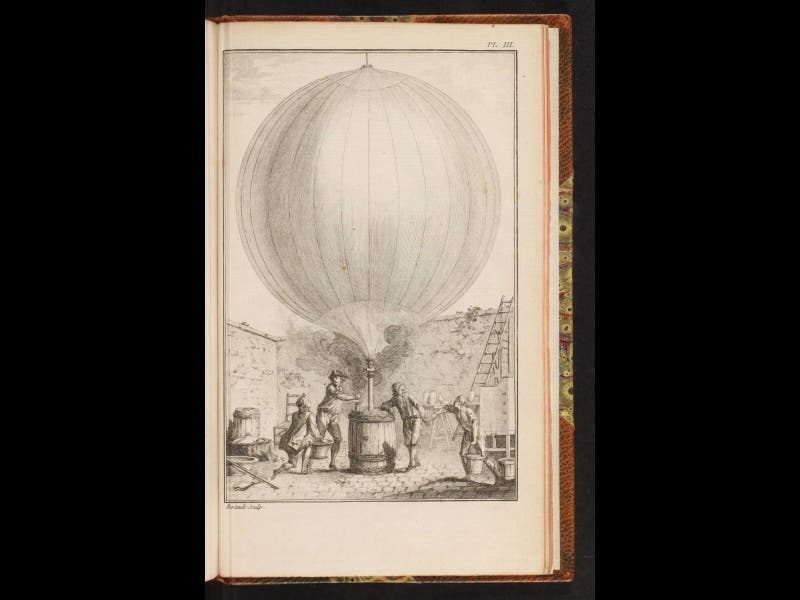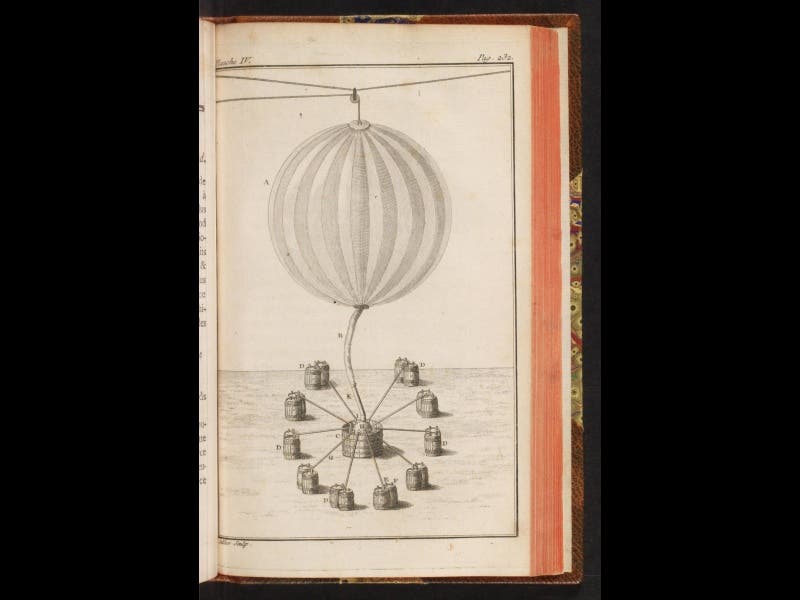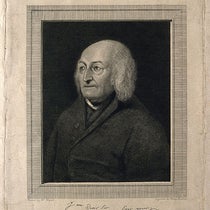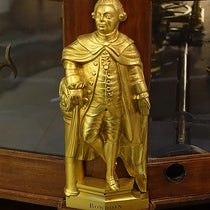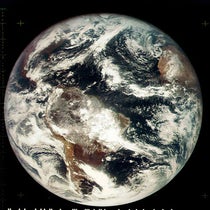Scientist of the Day - Jacques-Alexandre Charles
Jacques-Alexandre Charles, a French chemist, was born Nov. 12, 1746. Charles, with the help of the Robert brothers, built and launched the first hydrogen-filled balloon on Aug. 27, 1783, from the Champ de Mars in Paris. Just three months later, on Dec. 1, a much larger hydrogen balloon lifted off from the gardens of the Tuileries, with Charles and the younger Robert brother in the gondola. The crowd of 400,000 was impressed by the ascent, which went up to 1800 feet, but the process of filling the balloon with gas was much more impressive, in our opinion. The hydrogen gas was generated by a large circle of oak barrels filled with iron nails, into each of which was poured, in succession, concentrated sulfuric acid. The iron replaced the hydrogen in the H2SO4, and the released gas gushed furiously to the surface and was conveyed by tubes to a central vat, where it was bubbled through water (to wash out any remaining acid) and then piped to the balloon. Since the reaction is exothermic, which is to say, it releases heat, the barrels were close to igniting, and the iron tubing grew too hot to touch. When you recall that hydrogen is seriously flammable, it is amazing that the entire enterprise didn't go up in flames. But it didn't, and Charles became famous, so that hydrogen balloons in France were henceforth called charlières (just as hot-air balloons were called montgolfières, in honor of the Montgolfier brothers, who flew the first hot-air balloons).
We have several books in the History of Science Collection that describe and illustrate the two balloon ascents of Charles and the Robert brothers. From a contemporary account (1784), we see: the ascent on Dec. 1 (second image above); the process of filling a small balloon with a single barrel of iron nails and sulfuric acid (third image); the method for filling a larger balloon with six barrels of acid (fourth image), and, from an account of 1873, using chromolithographs, a more colorful view of the ascent of Dec. 1 (first image).
Dr. William B. Ashworth, Jr., Consultant for the History of Science, Linda Hall Library and Associate Professor, Department of History, University of Missouri-Kansas City



